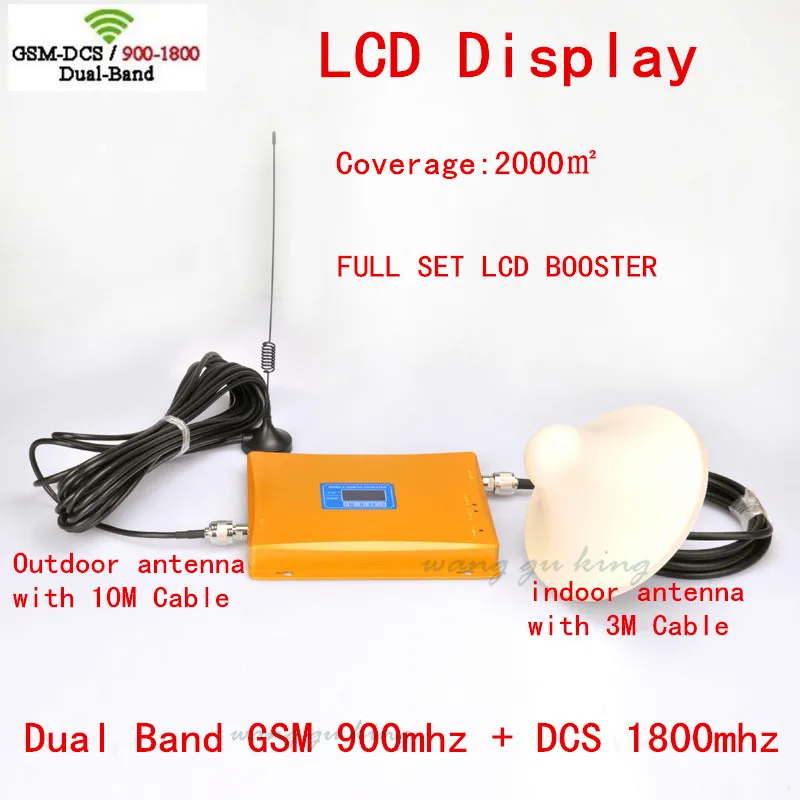

The Franco-German R&D cooperation demonstrated the technical feasibility, and in 1987 a Memorandum of Understanding was signed between 13 European countries who agreed to launch a commercial service by 1991. The GSM standard is a European initiative expressed at the CEPT ("Conférence Européenne des Postes et Telecommunications", European Postal and Telecommunications conference). This sparked competition in the sector as the new operators challenged the incumbent 1G network operators. In 1991, the second-generation ( 2G) digital cellular technology was launched in Finland by Radiolinja on the GSM standard. In 1983, the DynaTAC 8000x was the first commercially available handheld mobile phone.ĭigital cellular networks appeared in the 1990s, enabled by the wide adoption of MOSFET-based RF power amplifiers ( power MOSFET and LDMOS) and RF circuits ( RF CMOS), leading to the introduction of digital signal processing in wireless communications. These first-generation ( 1G) systems could support far more simultaneous calls but still used analog cellular technology. Several other countries then followed in the early to mid-1980s. This was followed in 1981 by the simultaneous launch of the Nordic Mobile Telephone (NMT) system in Denmark, Finland, Norway, and Sweden. The first commercial automated cellular network ( 1G) analog was launched in Japan by Nippon Telegraph and Telephone in 1979. Mitchell and Martin Cooper of Motorola in 1973, using a handset weighing 2 kilograms (4.4 lb). The first handheld cellular mobile phone was demonstrated by John F. The development of metal-oxide-semiconductor (MOS) large-scale integration (LSI) technology, information theory and cellular networking led to the development of affordable mobile communications, and devices such as the car phone. In 1983, it became the first commercially available handheld cellular mobile phone. Today mobile phones are globally ubiquitous and in almost half the world's countries, over 90% of the population own at least one. The growth in popularity has been rapid in some places, for example in the UK the total number of mobile phones overtook the number of houses in 1999. Mobile phones are considered an important human invention as it has been one of the most widely used and sold pieces of consumer technology. For feature phones ( slang: "dumbphones") as of 2016, the top-selling brands were Samsung, Nokia and Alcatel. In the first quarter of 2016, the top smartphone developers worldwide were Samsung, Apple and Huawei smartphone sales represented 78 percent of total mobile phone sales.

From 1983 to 2014, worldwide mobile phone subscriptions grew to over seven billion enough to provide one for every person on Earth. In 1983, the DynaTAC 8000x was the first commercially available handheld mobile phone. In 1979, Nippon Telegraph and Telephone (NTT) launched the world's first cellular network in Japan. Mitchell and Martin Cooper of Motorola in New York City in 1973, using a handset weighing c. The first handheld mobile phone was demonstrated by John F. The development of metal-oxide-semiconductor (MOS) large-scale integration (LSI) technology, information theory and cellular networking led to the development of affordable mobile communications. Mobile phones offering only those capabilities are known as feature phones mobile phones which offer greatly advanced computing capabilities are referred to as smartphones. In addition to telephony, digital mobile phones ( 2G) support a variety of other services, such as text messaging, MMS, email, Internet access, short-range wireless communications ( infrared, Bluetooth), business applications, video games and digital photography. Modern mobile telephone services use a cellular network architecture and, therefore, mobile telephones are called cellular telephones or cell phones in North America.

The radio frequency link establishes a connection to the switching systems of a mobile phone operator, which provides access to the public switched telephone network (PSTN).
#Cheap 3g 4g antenna booster portable
Two decades of evolution of mobile phones, from a 1992 Motorola 8900X-2 to the 2014 iPhone 6 PlusĪ mobile phone, cellular phone, cell phone, cellphone, handphone, hand phone or pocket phone, sometimes shortened to simply mobile, cell, or just phone, is a portable telephone that can make and receive calls over a radio frequency link while the user is moving within a telephone service area.


 0 kommentar(er)
0 kommentar(er)
